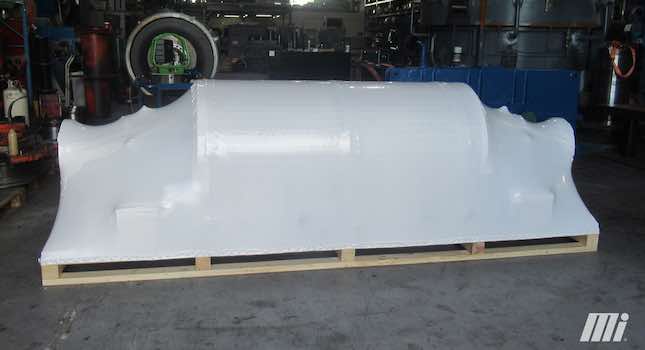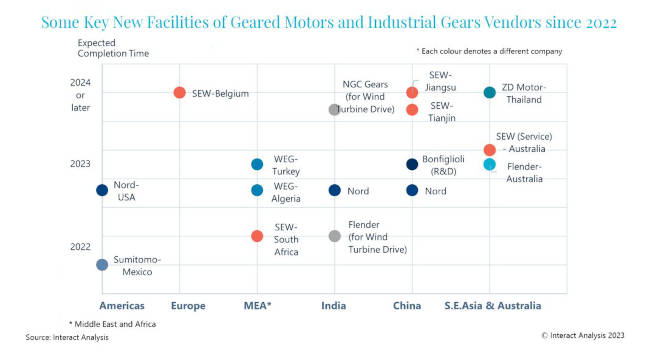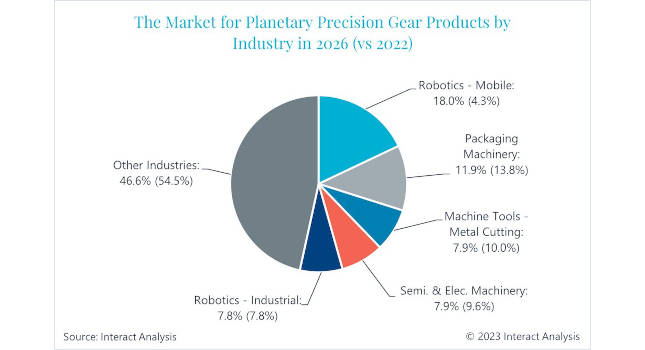Several independent sources give some positive news for manufacturers.
NEMA’s Electroindustry Business Confidence Index (EBCI) for future North American conditions jumped 15.6 points to 52 from February to March, first above the 50 point growth threshold since August 2007.
Prime Advantage survey says 87% of industrial manfucturing companies plan new product introductions in 2009; and
Society of Manufacturing Engineers (SME) survey of 700 manufacturers say 21% of manufacturers are reporting their equipment budgets have increased, 25% have seen no change and 18% report only a slight decrease. “We’re not going to get out of this economic crisis without a strong, innovative manufacturing sector,” SME says.
Also see, from MBT,
Next imperative: Economy drives manufacturers to go lean; outsource more non-core functions
.” More details about each follow along with tips and tools for doing your job better in current economic conditions. Product innovation continues, Prime Advantage says
Comparison of external concerns facing midsized manufacturers
Source: Prime Advantage via MBT. See more details and another graphic .
The Prime Advantage Group Outlook Survey used 103 responses from representatives of industrial manufacturing companies, including business owners, vice presidents of procurement, and purchasing professionals of U.S.-based manufacturers in more than 25 durable goods industries (including commercial foodservice, packaging, truck/trailer, material handling, food processing and construction).Among the survey highlights, 87% expect to introduce new products in 2009, even as 62% of respondents are also expecting some level of revenue decline in 2009. As most raw material costs continue to drop, managing these costs continues to be a top priority for manufacturers that are coping with varying degrees of revenue shortfalls.Twenty-eight percent of respondents expect revenue to stay the same as 2008, while 6% expect revenue to increase up to 10% and only 3% expect an increase of more than 10%. This is in agreement with other business indexes, such as ISM data that shows the PMI stuck in the mid-30s for the past three months and with U.S. Department of Commerce trade data that shows the export of U.S. manufactured goods fell 20% in January 2009, as compared to one year earlier.
Top cost pressures for manufacturers in 2009
67% raw material costs (such as metals and plastics), down from 93% in the last survey50% overhead costs (up from just 11% from the July 2008 Group Outlook Survey)49% logistics/supply chain costs43% healthcare27% energy27% foreign competition25% inflation23% labor
Source: Prime Advantage via MBT. See more details and another graphic .
Thirty-four percent expect capital spending to be equal to or more than 2008 spending amounts. The top external concern facing manufacturing is customer demand at 83%; see graphic. Prime Advantage is a buying consortium for industrial manufacturers. www.primeadvantage.com NEMA: “Some measure of stability is expected by late summer.” NEMA’s Electroindustry Business Confidence Index (EBCI) for future North American conditions posted a sizable gain in March, jumping 15.6 points from February to 52. That performance marked the index’s first foray above the 50 point growth threshold since August 2007. While this result hardly presages a return to the vibrant electroindustry growth of 2004 to mid-2008, NEMA says it does imply that that the balance of the survey panel expects a mild improvement in the absolute level of business conditions over the next six months, thus providing an early sign that the electroindustry may at least be in sight of bottom.After gaining ground for two straight months to start the year, NEMA EBCI for current conditions slipped slightly in March, declining to 26 points from 27.3 a month ago. Though it remained near February’s recent high water mark, the March index was the 16th in a row to lag the “break even” mark of 50 points, NEMA says.See the complete March 2009 NEMA report . www.nema.org More manufacturer investments are on the way A survey of upcoming manufacturers planning on attending EASTEC, suggests that respondents are ready to work harder, smarter and invest in their future, SME says. While more than 80% say customer budgets have decreased, manufacturers are using the economic pressure to become more competitive. Cutting costs, pricing aggressively and lean manufacturing are all critical right now, but companies are also investing in improvements, SME says; 21% of manufacturers say equipment budgets have increased, 25% have seen no change, and 18% report only a slight decrease. Interest in the purchase of cutting tools, measurement and inspection technology, and machining centers is significantly higher this year.Given the fact they will need to replace hundreds of thousands of skilled workers over the next decade, it is not surprising that more than 90% of manufacturers are listing work force development as an important issue, SME says; continuous improvement is also on their minds with more than 80% of respondents listing it as a “most important” work force training issue.EASTEC is co-sponsored by SME, the American Machine Tool Distributors’ Association, and the Association for Manufacturing Technology. The event celebrates its 30th anniversary May 19-21, 2009, in West Springfield, MA. www.sme.org Competitive manufacturing toolkit from SME, NIST/MEP Society of Manufacturing Engineers (SME) and the National Institute of Standards & Technology’s Manufacturing Extension Partnership (NIST/MEP) announced a new Competitive Manufacturing Toolkit at the annual WESTEC Advanced Productivity Exposition at the Los Angeles Convention Center.
Cost saving ideas for machine performance, from Igus
Igus, a provider of cables, harnesses, slides, and bearings, gives 5 cost-saving ideas to help you improve your machine’s performance while reducing cost.1. See if your suppliers offer free samples – and test them!2. Take advantage of your supplier’s technical expertise and field experience by asking them on-site.3. Use suppliers who offer free online tools.4. No minimum order.5. Don’t settle for next-day delivery surcharges.Igus offers more details and links to related tools.
Igus www.igus.com
“Manufacturing has been the backbone of our nation’s economy for more than a century and we’re not going to get out of this economic crisis without a strong, innovative manufacturing sector,” said Mark C. Tomlinson, SME’s executive director and general manager. “That’s why SME and NIST/MEP have put together a‘toolkit’ of ideas to help manufacturers innovate, compete and succeed.”Resources include:
Next Generation MEP program aims to develop a science-based measurement framework;
USA National Innovation Marketplace connects inventors with those in need of innovation;
SME and Purdue University are piloting a Green Workforce Development Program with a body of knowledge, a curriculum and an assessment outcome;
NAM-Endorsed Manufacturing Skills Certification System will provide skills assessments, standardized curriculum requirements and portable credentials that validate the attainment of these critical competencies required by industry;
Lean Enterprise Certification Program provides manufacturers with the to identify and carry out lean improvements;
Green Suppliers Network (MEP and the EPA) helps manufacturers stay competitive and profitable while reducing their impact on the environment; and
SME provides lean-to-green manufacturing resources: webinars, events and technical and social network communities.
“Manufacturing is vital to America’s future and to reversing the economic crisis,” adds Tomlinson. “No other segment of our economy can combine things in a way that the value of the whole is greater than the sum of its parts. These tools will help us continue to be the world’s manufacturing leader, creating highly skilled, well-paying jobs right here in the United States.”NIST/MEP www.mep.nist.gov
Also in March, ARC Advisory Group reported that the “worldwide market for Production Machinery Automation is expected to grow at a compounded annual growth rate (CAGR) of 3.4% over the next five years,” exceeding $21.2 billion by 2013.
– Mark T. Hoske , Reed Business Information, for MBT, www.mbtmag.com



